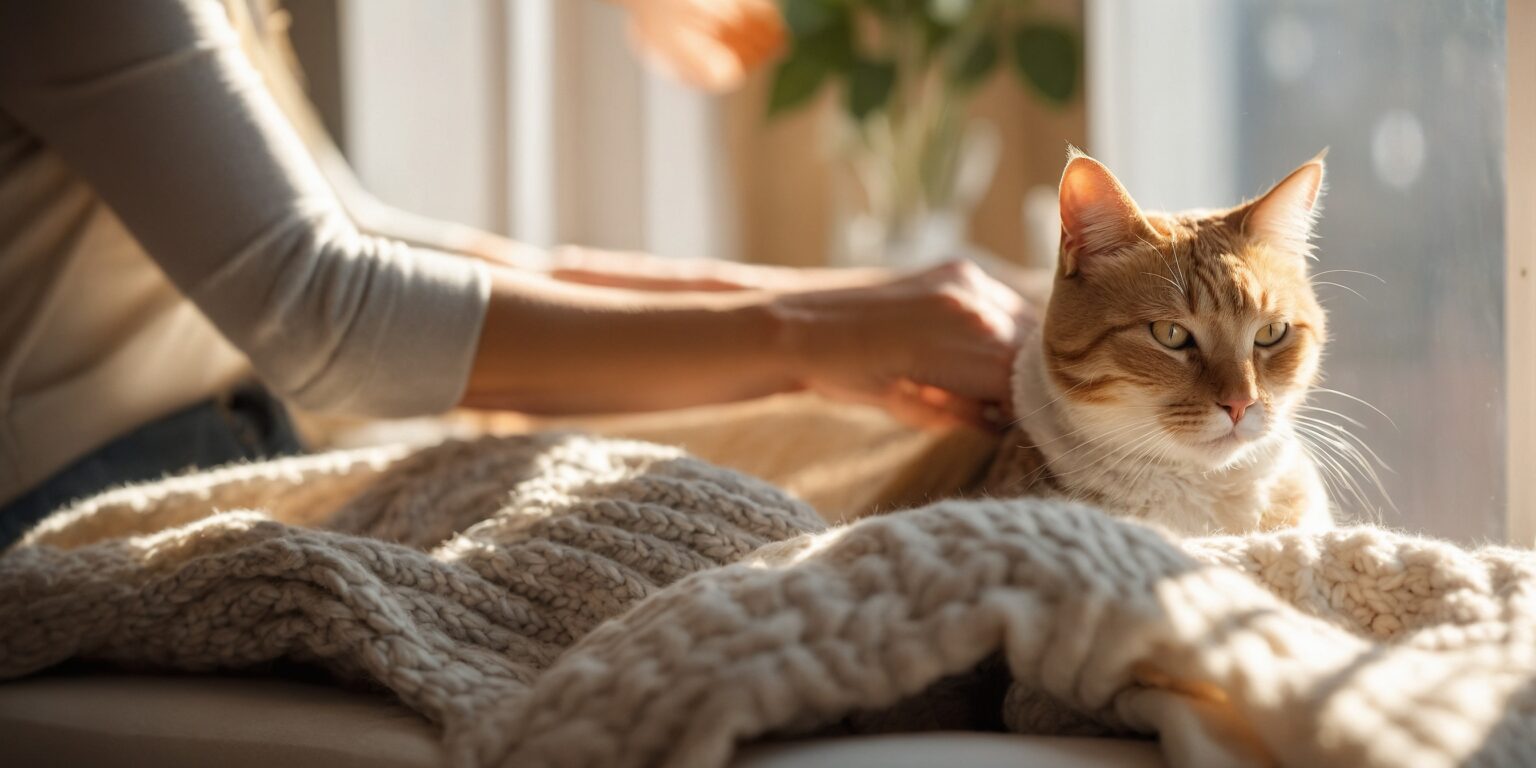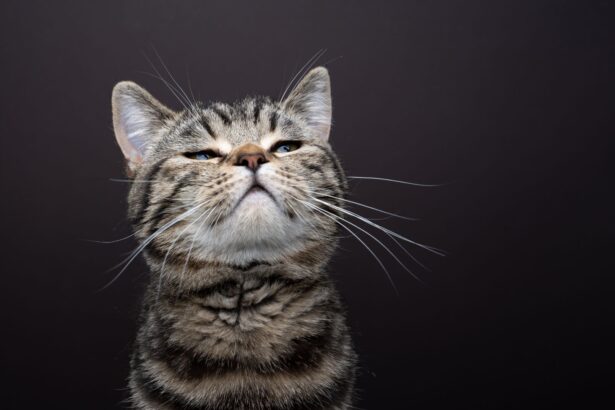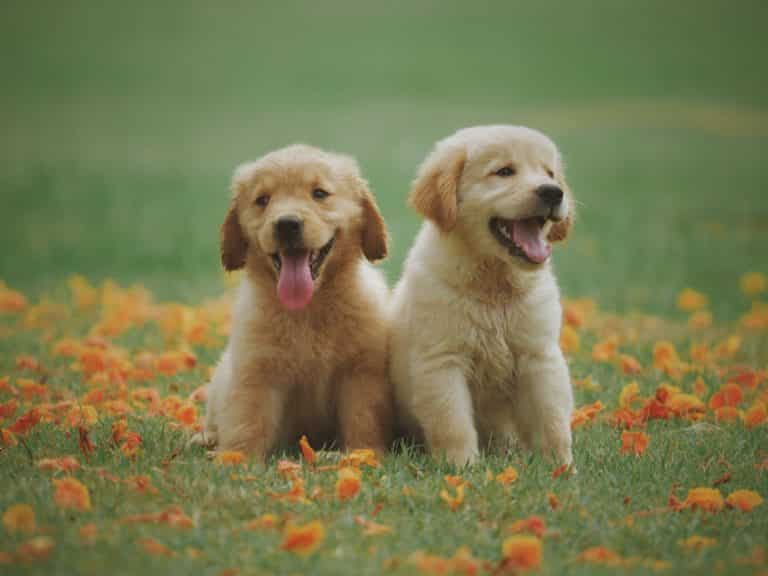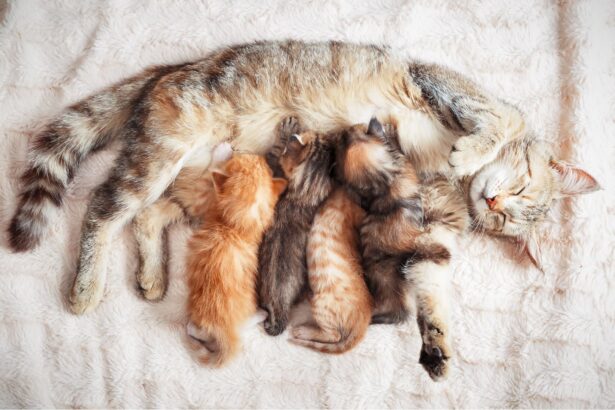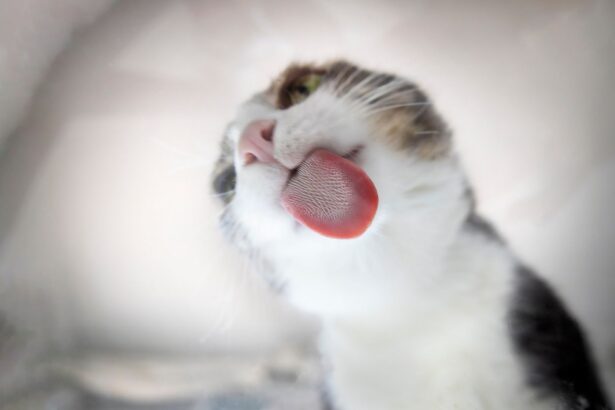Why cats paw: the tender truth behind kneading
Your cat hops onto your lap, flexes those tiny toes, and starts making biscuits. Adorable? Absolutely. But why do cats paw in the first place, and what are they really telling you?
- Why cats paw: the tender truth behind kneading
- Instinctive roots: kneading starts in kittenhood
- Emotions under the paws: what your cat is saying
- When kneading happens most
- How to respond and deepen your bond
- Reading the signs of happy kneading
- What to do when your cat paws on you
- Mistakes to avoid (and what to do instead)
- Benefits for both of you
- For your cat: calm and comfort
- For you: softer days, stronger bond
- Encouraging positive, gentle kneading
- Sweet curiosities and culture
- Conclusion
- FAQ
Instinctive roots: kneading starts in kittenhood
Kneading begins at birth: kittens press their paws on their mother’s belly to stimulate milk flow. That comfort imprint never truly fades.
- As adults, many cats repeat the motion when they feel safe and cozy.
- It’s also a way to stretch shoulder and paw muscles after a nap.
- Wild ancestors may have kneaded to “fluff” a sleeping spot—your throw blanket is today’s mossy nest.
Curious to go deeper into the kneading habit itself? Explore a friendly deep-dive on why cats knead and how it varies from cat to cat.
Emotions under the paws: what your cat is saying
Most of the time, kneading equals good vibes. It’s a feline love letter in slow motion.
- Trust and affection: if your cat kneads on you, you’re officially “home.”
- Relaxation: the rhythm often pairs with purring and slow blinks—pure serenity.
- Surprising fact: cats have scent glands in their paw pads. Kneading can gently mark you and “their” sofa with comforting pheromones.
And yes, some cats drool a little while kneading. It looks silly, but it’s simply another sign of deep relaxation.
When kneading happens most
Watch for this sweet ritual during your cat’s coziest moments.
- On your lap or chest during cuddle time, especially with a favorite blanket.
- Right before sleep—like a bedtime routine that says “I’m safe here.”
- After reunions (you came home!), or when the house feels quiet and secure.
How to respond and deepen your bond
Reading the signs of happy kneading
Relaxed ears, soft paws, and a gentle, cookie-making rhythm are green flags. What’s not?
- If paws get stiff, tail flicks pick up, or ears flatten, your cat may be overstimulated—offer space.
- Rapid, restless “kneading” on hard floors can be attention-seeking or stress; consider more playtime and calm routines.
- Pairing kneading with slow blinks and head bunts is the kitty equivalent of “I adore you.”
Want to understand the soundtrack to these moments? See the feel-good science behind why cats purr and what each purr might mean.
What to do when your cat paws on you
Lean into the moment—soft voice, gentle strokes, and a comfy setup make all the difference.
- Practical tip: build a “kneading kit”—a thick, washable throw you keep on your lap. Add a second throw on the couch so your cat always finds a perfect, claw-friendly spot.
- Redirect claws kindly: slide the blanket between your skin and their paws without stopping the rhythm.
- Keep sessions calm; sudden moves can break the spell.
Error to avoid: don’t push your cat away abruptly or scold them. They might associate your lap with rejection, and that can chip away at trust.
Mistakes to avoid (and what to do instead)
- Never declaw: it’s painful and harmful. Instead, keep nails trimmed regularly and provide scratching options.
- Don’t trim nails too short—stay clear of the quick. If you’re unsure, this step-by-step guide to trimming cat claws is a gentle place to start.
- Avoid encouraging kneading on heated electric blankets—they can snag, overheat, or startle. Use a thick, safe throw instead.
Benefits for both of you
For your cat: calm and comfort
Kneading lowers stress and helps many cats drift into restorative sleep. The combo of rhythm, warmth, and familiar scents makes them feel protected.
According to the UC Davis School of Veterinary Medicine, comforting feline behaviors—like purring and other relaxation cues—are linked to emotional well-being. Read their overview here.
For you: softer days, stronger bond
That warm, purring loaf on your lap? It’s a natural stress soother. Your breathing slows, your shoulders drop, and the bond between you deepens.
- Shared routines—like evening kneading—build predictability and intimacy.
- Fun tidbit: paw pads can sweat a little, so tiny damp prints aren’t unusual post-knead.
- Cozy nights together can boost connection—curious why some cats love sleeping on us? Peek at reasons cats choose our beds.
Encouraging positive, gentle kneading
- Create knead-worthy zones: plush throws, a window seat, and a soft bed they can claim as their own.
- Keep nails tidy every few weeks; it protects your skin and your fabrics.
- Offer daily play to meet energy needs—content cats knead more softly and rest more soundly.
Sweet curiosities and culture
Kneading in everyday life
From kitten reels to senior-cat cuddles, kneading videos melt timelines for a reason: they capture pure, uncomplicated comfort. No script—just softness.
Do some cats knead more?
Guardians often report that especially cuddly or vocal cats knead a lot, but personalities vary widely. What matters most is context: safety, warmth, and your familiar scent.
Want a sister-topic? Many guardians also wonder why cats sometimes press with their paws outside of cuddle time—spoiler: comfort and scent play a starring role.
Conclusion
So, why do cats paw? Because it feels good, it feels safe, and it feels like love. Welcome the biscuits, prepare a cozy lap, and enjoy that gentle tap-tap-tap that says, “With you, I’m home.”
FAQ
- Why does my cat paw at me before sleep? It’s a soothing ritual rooted in kittenhood that helps your cat relax and feel secure before dozing off.
- Is kneading always a sign of happiness? Usually yes, especially with purring and soft posture. If ears flatten or tail lashes, your cat might be overstimulated—offer space.
- How do I stop kneading from hurting my skin? Keep nails trimmed, place a thick blanket on your lap, and gently redirect paws onto it without interrupting the rhythm.
- Should I worry if my cat never kneads? Not at all. Some cats show affection differently—through head bunts, purrs, or simply staying close.


